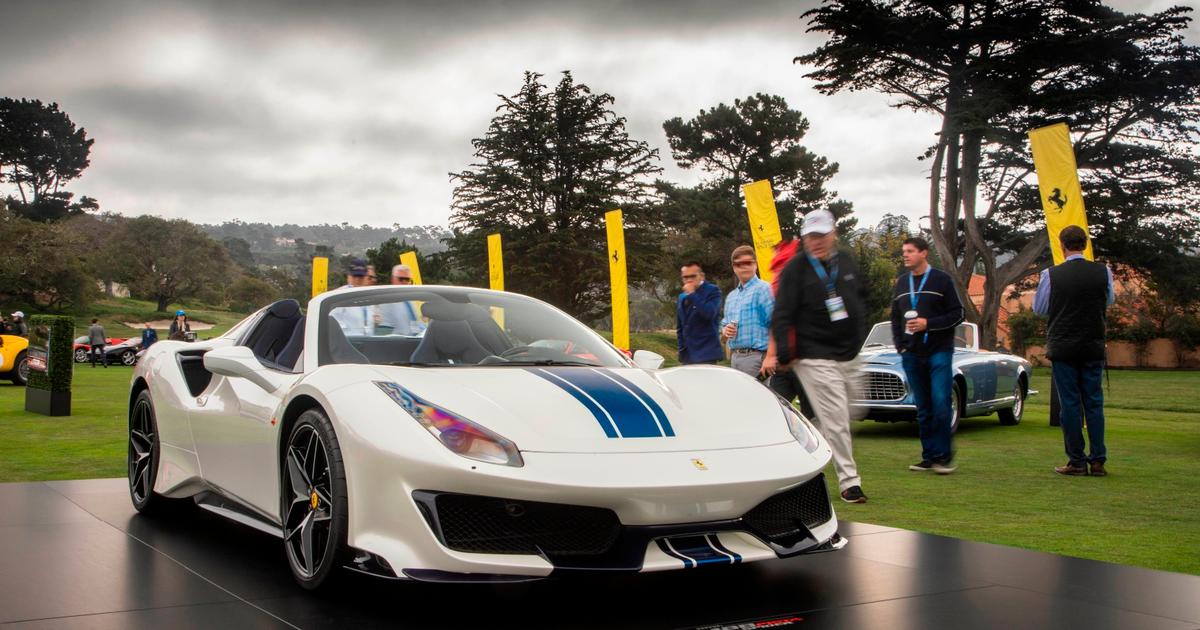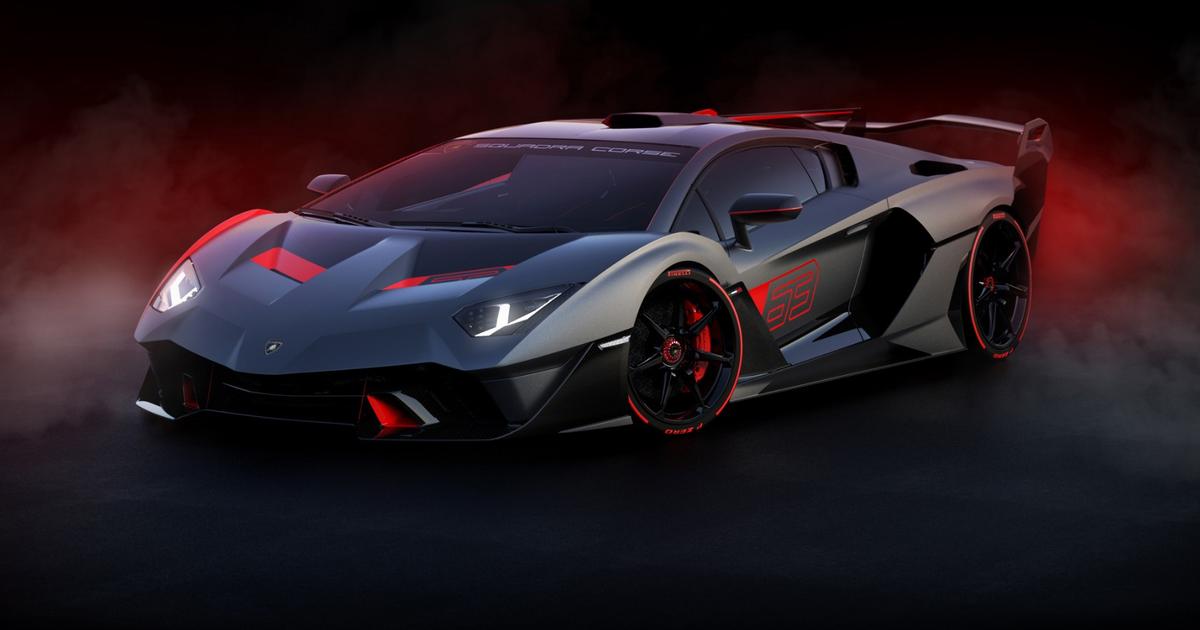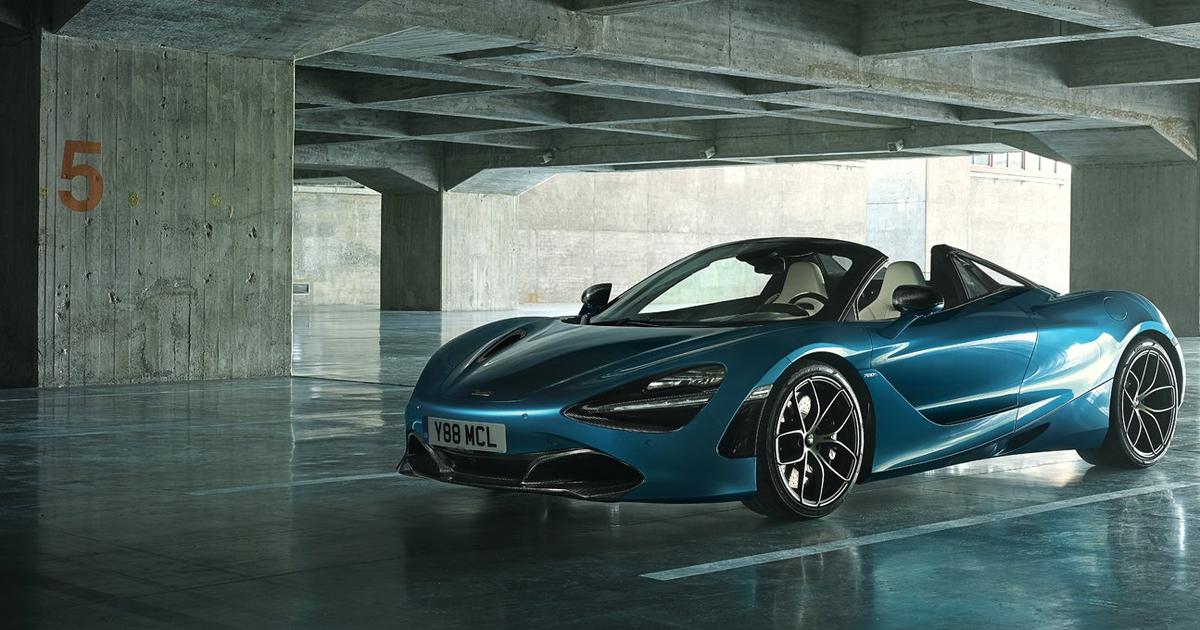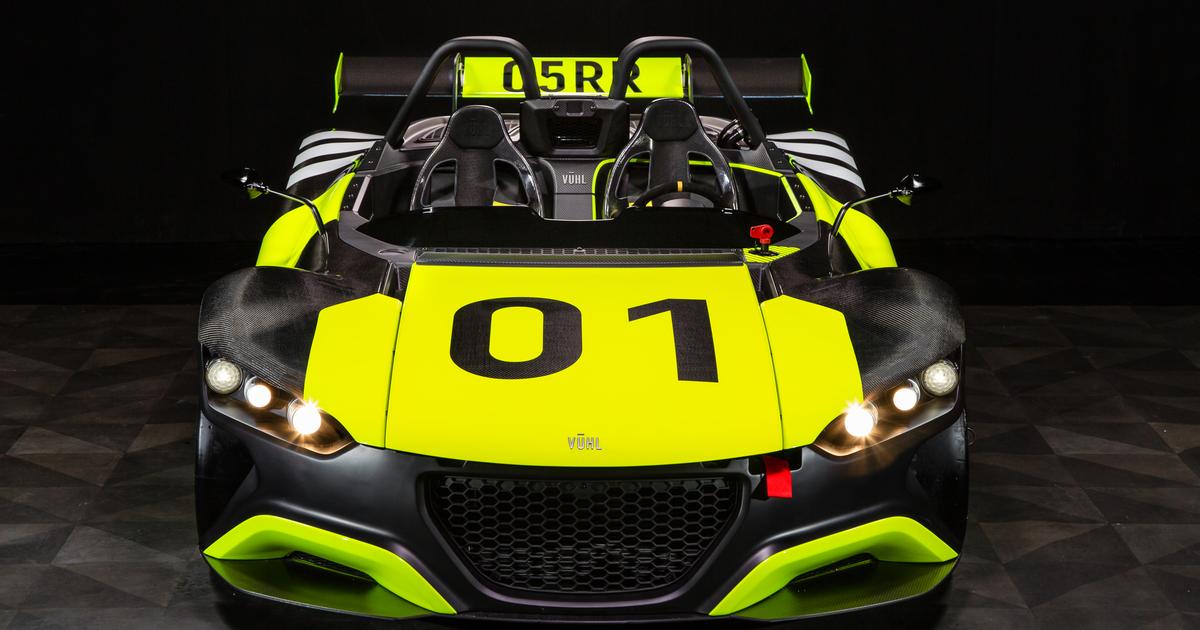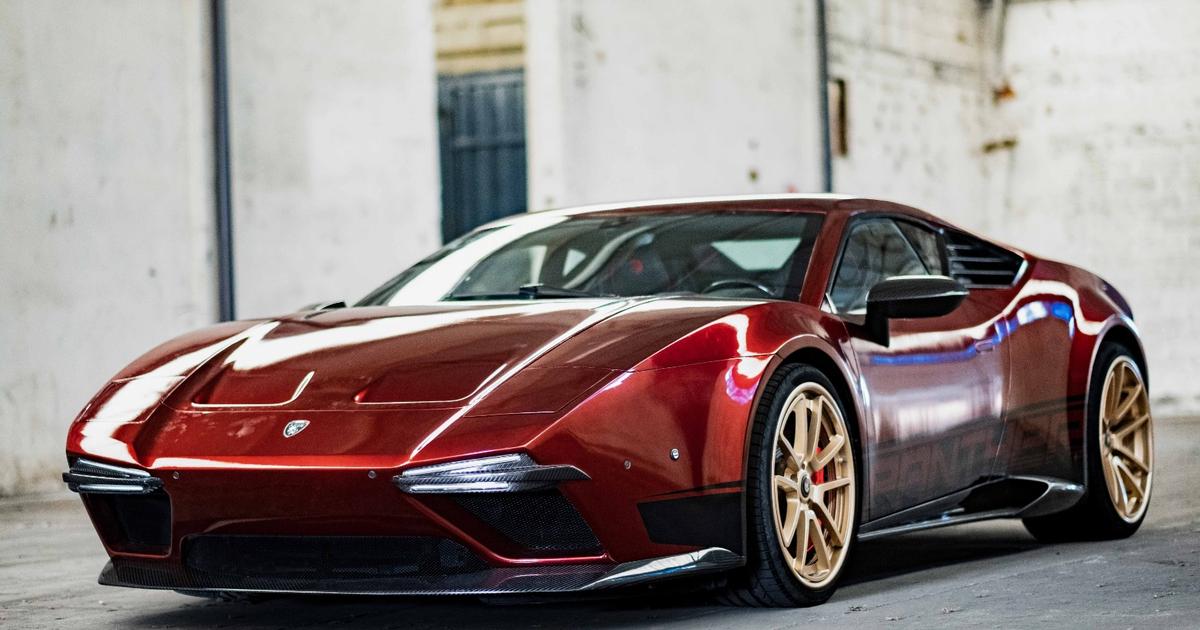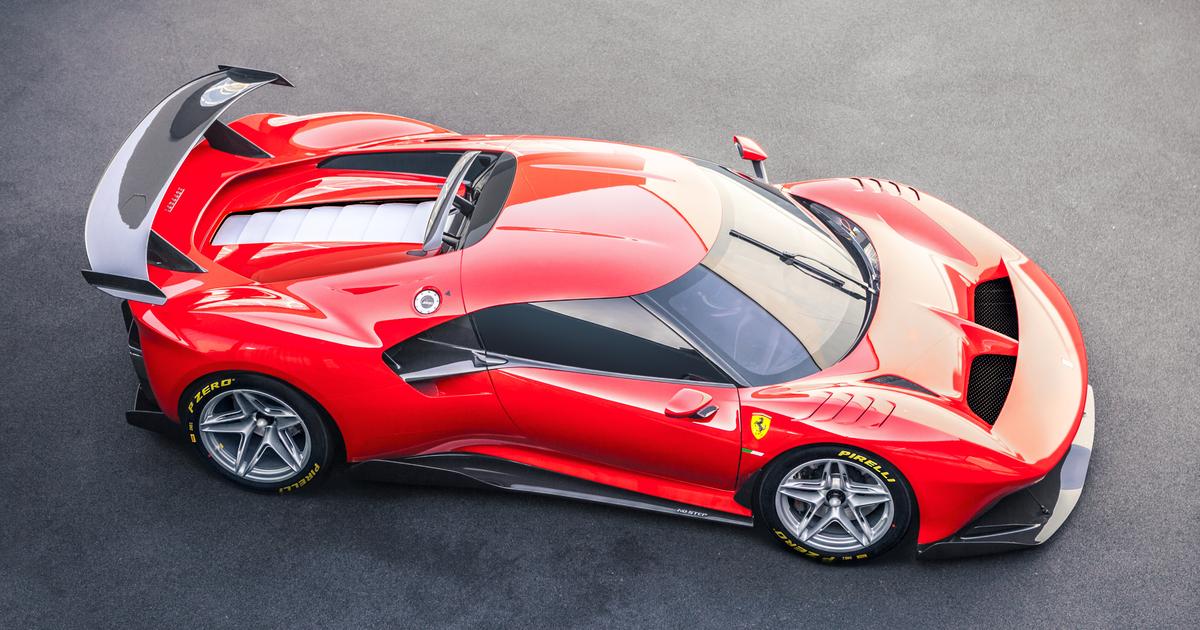Hagerty has revealed the cars selected as the 2023 UK Bull Market List stars. Every year, Hagerty’s global data analysts spend months identifying cars that offer a great ownership experience while also using their unrivaled market data to determine which of those models may appreciate in value. The selection of cars in the 2024 Hagerty Bull Market is as wide and diverse as ever, meaning there should be a car to suit most tastes and budgets. The chosen models for 2024 are as follows:
1932–40 Alvis Speed 20 & 25
The Alvis Speed 20 and 25 are cars that prioritized strong performance and confidence-inspiring handling in their day – qualities that today elevate them above more rudimentary alternatives from the era, and without the price tag of equivalents with more exotic nameplates
Coventry-based Alvis made 1165 Speed 20s between 1932 and 1936, across SA, SB, SC, and SD updates, and fewer than 200 Speed 25s from 1937 to 1940. Typical of the period, the models were built in several body styles, including two- and four-door sports saloons plus a drophead coupé in the 20, and as a four-door sports saloon for the 25. Various coachbuilders also re-bodied them in racier formats, such as open two-seaters.
All Speed 20s used straight-six engines with a four-bearing crank and overhead valves, and were brisk, too, with 75mph easily attained and 83mph flat out. Speed 20s and Speed 25s cannot be considered cheap cars, but they were quality items in-period and represent excellent value today.
1938 Alvis Speed 25 SC drophead coupé
- Engine: Inline-6, 3571cc
- Transmission & layout: 4-speed manual, front-engine, rear-wheel drive
- Power: 106bhp @ 3800rpm
- Weight: 1850kg (approx.)
- Price range, Fair to Concours: £52,000–£99,400
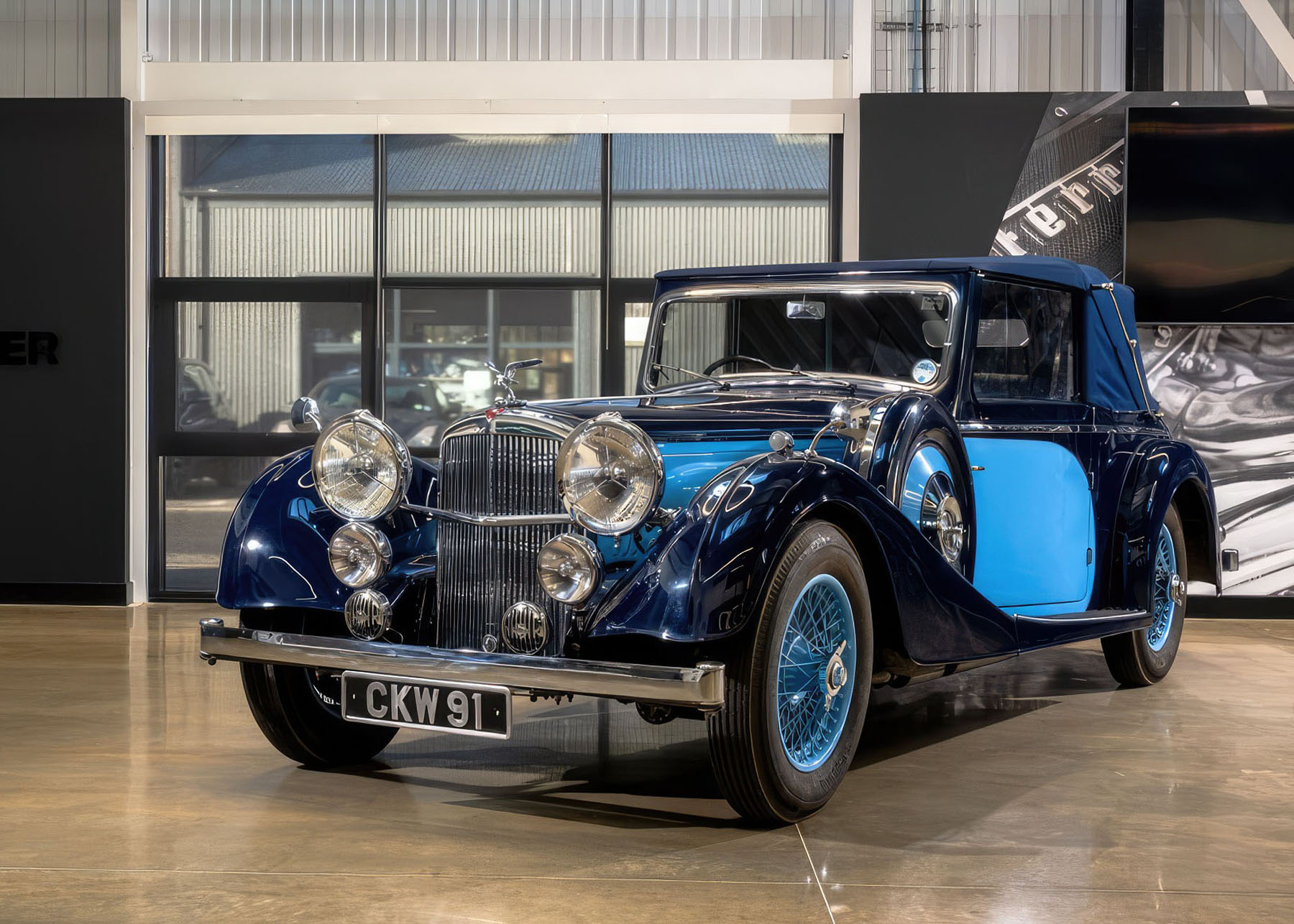
1949–71 Austin J40
The Goodwood Revival could be credited with renewing interest in numerous largely overlooked and forgotten cars, but perhaps no model has garnered greater attention than one that doesn’t even have an engine: the Austin J40.
The J40 has its roots in the immediate postwar period, with a prototype developed in 1946 that took its styling cues from the contemporary Austin 8. Production started in 1949 and continued all the way until 1971. If you were a young child in the ’50s or ’60s, there’s a fair chance you drove one at some point, with more than 30,000 produced – 32,098, to be precise. Out of production now for more than half a century, survivors are relatively rare.
That attrition, plus growing demand, means prices are about what you’d expect from the A-series–powered A40 mentioned above, with basket cases from around £1500 rising to £10,000 for one in #1 (Concours) condition. A good one ripe for restoration is around £4000, and the J40’s predecessor, the Pathfinder, can be even more valuable. A race history also helps with ex-Settrington Cup J40s commanding a premium.
1949–71 Austin J40
- Engine: Dual-foot pedal
- Transmission & layout: Slow/fast-twitch muscles, front-pedaled, front-wheel drive
- Power: 0.1bhp @ 40rpm (est.)
- Weight: 43kg
- Price range, Fair to Concours: £1500–£10,800
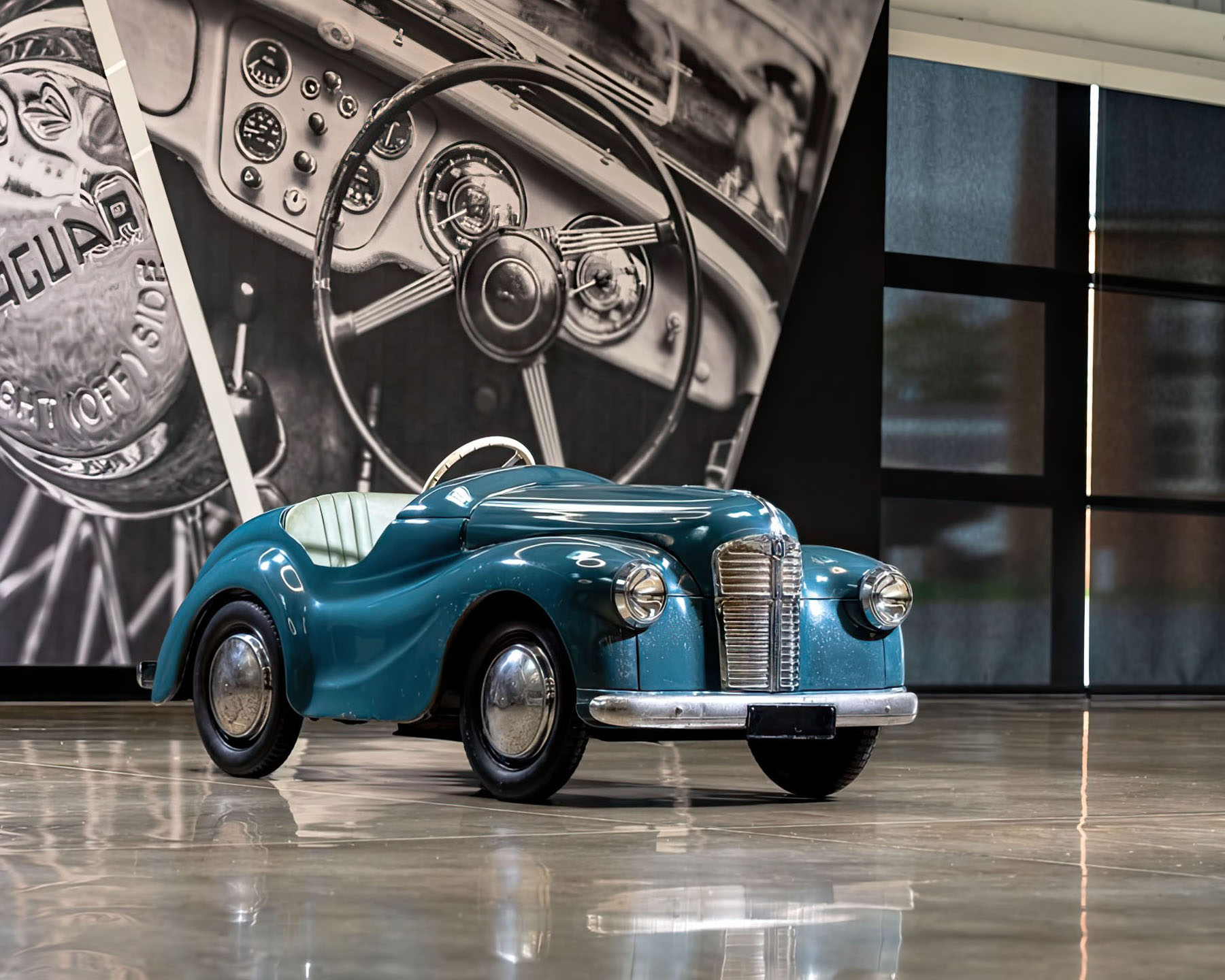
1994–97 Daimler Six
The X300-generation XJ and Daimler Six are the perfect examples of a car that doesn’t need an endowment to afford, which is ironic as the Jaguar XJ and its ilk still have more than a whiff of ‘old money’ about them. In the right condition and color, there’s definitely something of the family heirloom about it.
The X300 was very well regarded when new, despite a few flaws inherited from its XJ40 predecessor. Styling was a marked improvement, evoking the original XJ6 and banishing the XJ40’s boxiness, and while Jaguar did sacrifice passenger space for style, interior quality took a step upwards.
The XJ40 drove well, but the X300 improved on it further. Journalists commented on the car’s newfound steering precision and better body control, with no notable loss in ride quality; this Jaguar (or Daimler) glides with the best of them, something enhanced by its smooth straight-six or, in the ‘Double Six’, V12 engines. Today, you can find out just how well they drive for only a few grand.
1995 Daimler Six
- Engine: Inline-6, 3980cc
- Transmission & layout: 4-speed automatic, front-engine, rear-wheel drive
- Power: 237bhp @ 4800
- Weight: 1825kg
- Price range, Fair to Concours: £1600–£12,500
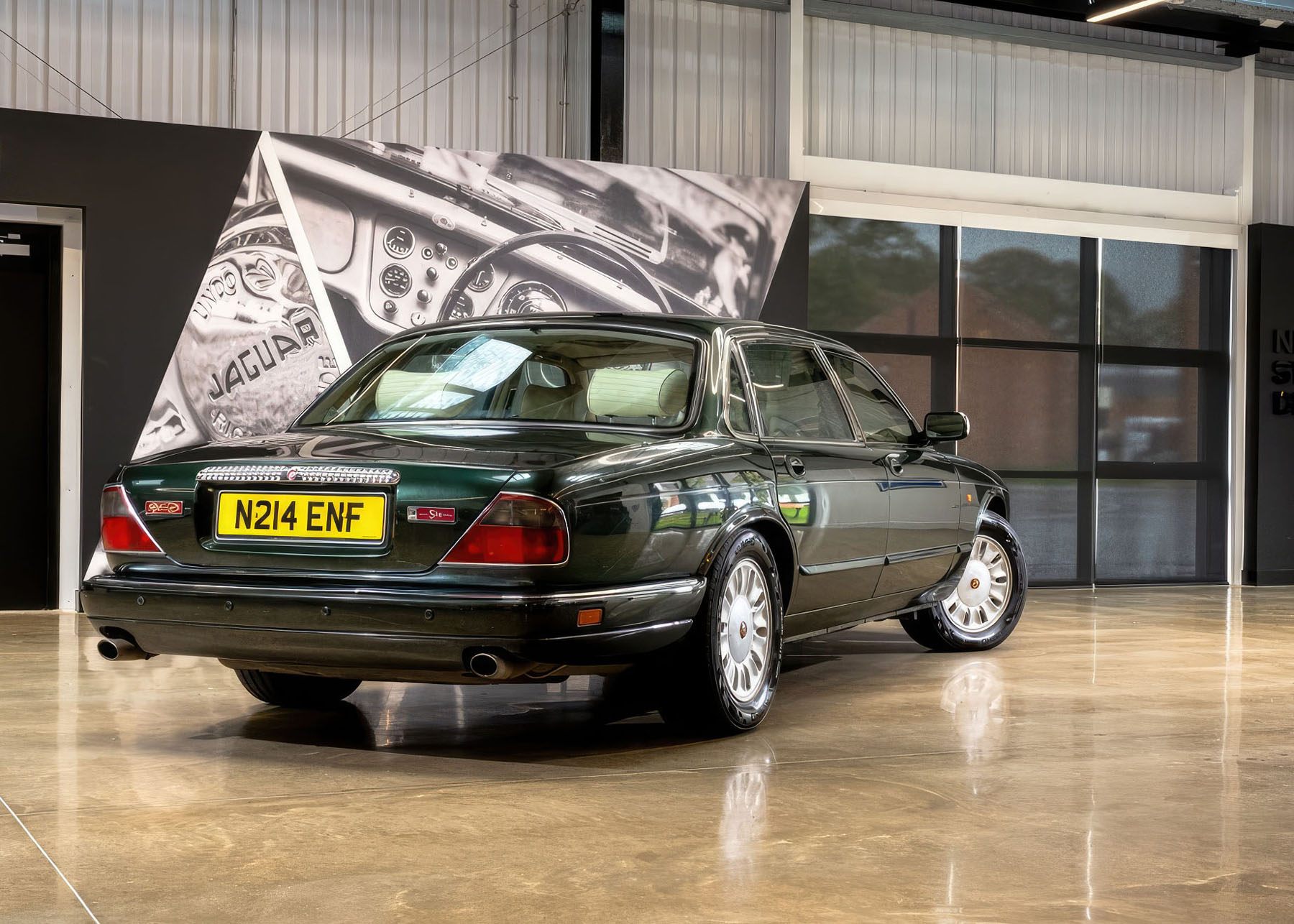
1985–91 Ford Escort RS Turbo
The Ford Escort RS Turbo may not rank near the top on the list of the best-handling hot hatchbacks, but for capturing the zeitgeist of 1980s Britain, it ranks very strongly indeed. Like Ford’s Cosworth models, it was an aspirational version of a car you’d see by the hundreds on the roads every day.
There’s no doubt an RS Turbo still stands out today, even amongst other popular Fords of the era like the XR3i and Mk3 Capri, with its deep body kit, distinctive wheels (seven-spoke on Mk3-based cars, six-spoke on Mk4s), spotlights, and inside a set of well-bolstered Recaro seats – though Mk3s arguably get the more appealing steering wheel, a three-spoke RS item rather than the Mk4’s humdrum two-spoker.
A VW Golf GTI might be better built or a Peugeot 205 GTI more engaging to drive, but both are almost too obvious among 1980s hot hatchbacks. The RS Turbo somehow looks and feels more exotic, and despite a few high-profile sales, it is more of a dark horse. Even in its typical Diamond White…
1986 Ford Escort RS Turbo
- Engine: Inline-4, 1597cc, turbocharged
- Transmission & layout: 5-speed manual, front-engine, front-wheel drive
- Power: 130bhp @ 5750rpm
- Weight: 975kg
- Price range, Fair to Concours: £8200–£35,800
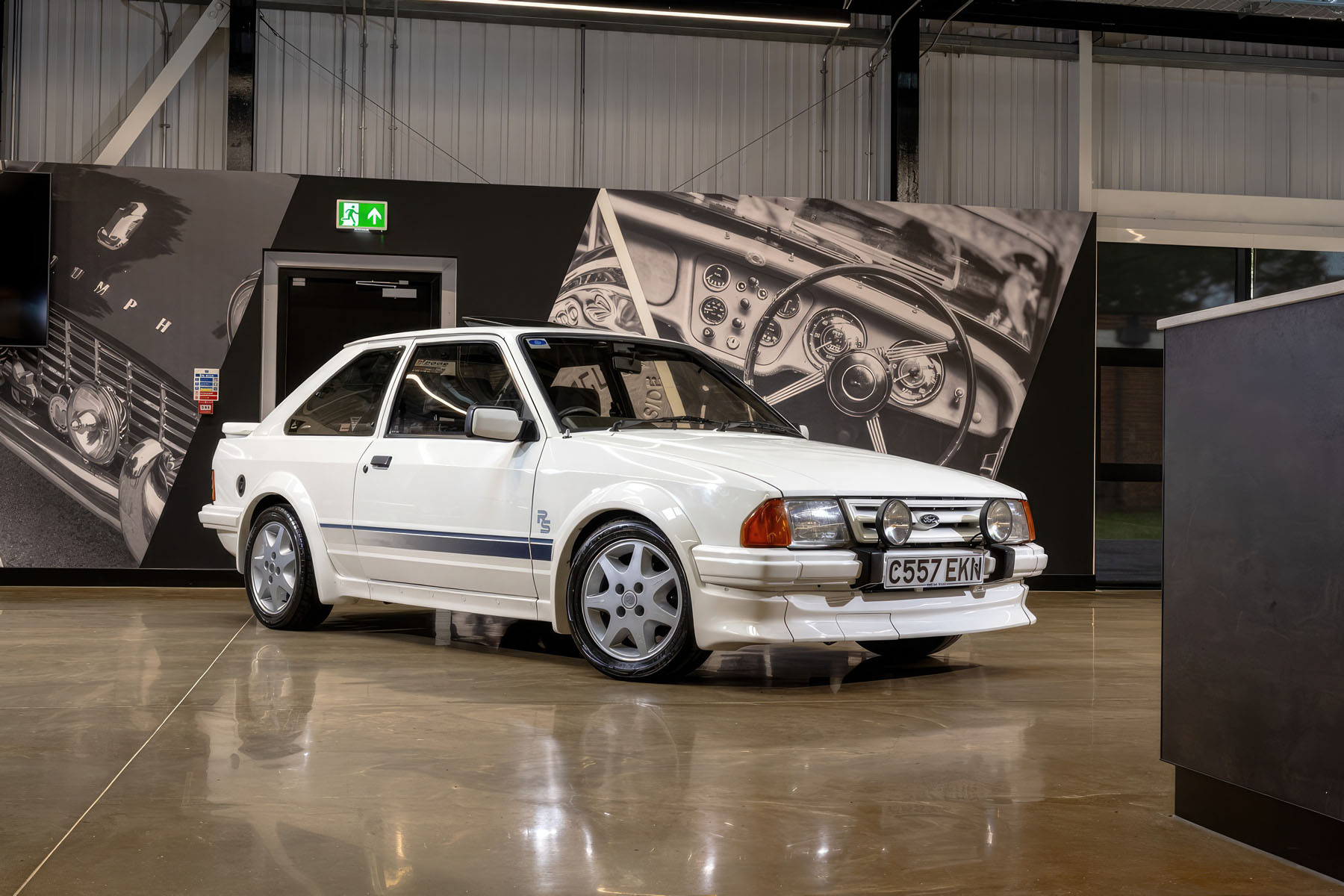
1999–2010 Honda S2000
If cars like the Honda NSX and Nissan Skyline GT-R fronted the first wave of legendary Japanese performance cars in the late 1980s and early 1990s, then the Honda S2000 headed the second wave as the automotive market crested the new millennium.
The S2000 arrived in 1999, and was typically Honda in its execution, its centerpiece being a high-revving 2-litre four-cylinder petrol engine, driving the rear wheels through a six-speed manual gearbox. It made 237bhp at 8300rpm. A 2004 update saw UK cars get styling and chassis tweaks while keeping the 9000rpm F20C engine.
It would be best if you kept your eyes open when buying an S2000 since they’re prone to hard use and are now becoming susceptible to corrosion, but being a Honda, they’re still less trouble than most. And if you click with the S2000’s way of thinking, sports cars don’t come much more appealing.
2009 Honda S2000
- Engine: Inline-4, 1997cc
- Transmission & layout: 6-speed manual, front-engine, rear-wheel drive
- Power: 237bhp @ 8300rpm
- Weight: 1274kg
- Price range, Fair to Concours: £11,500–£22,000
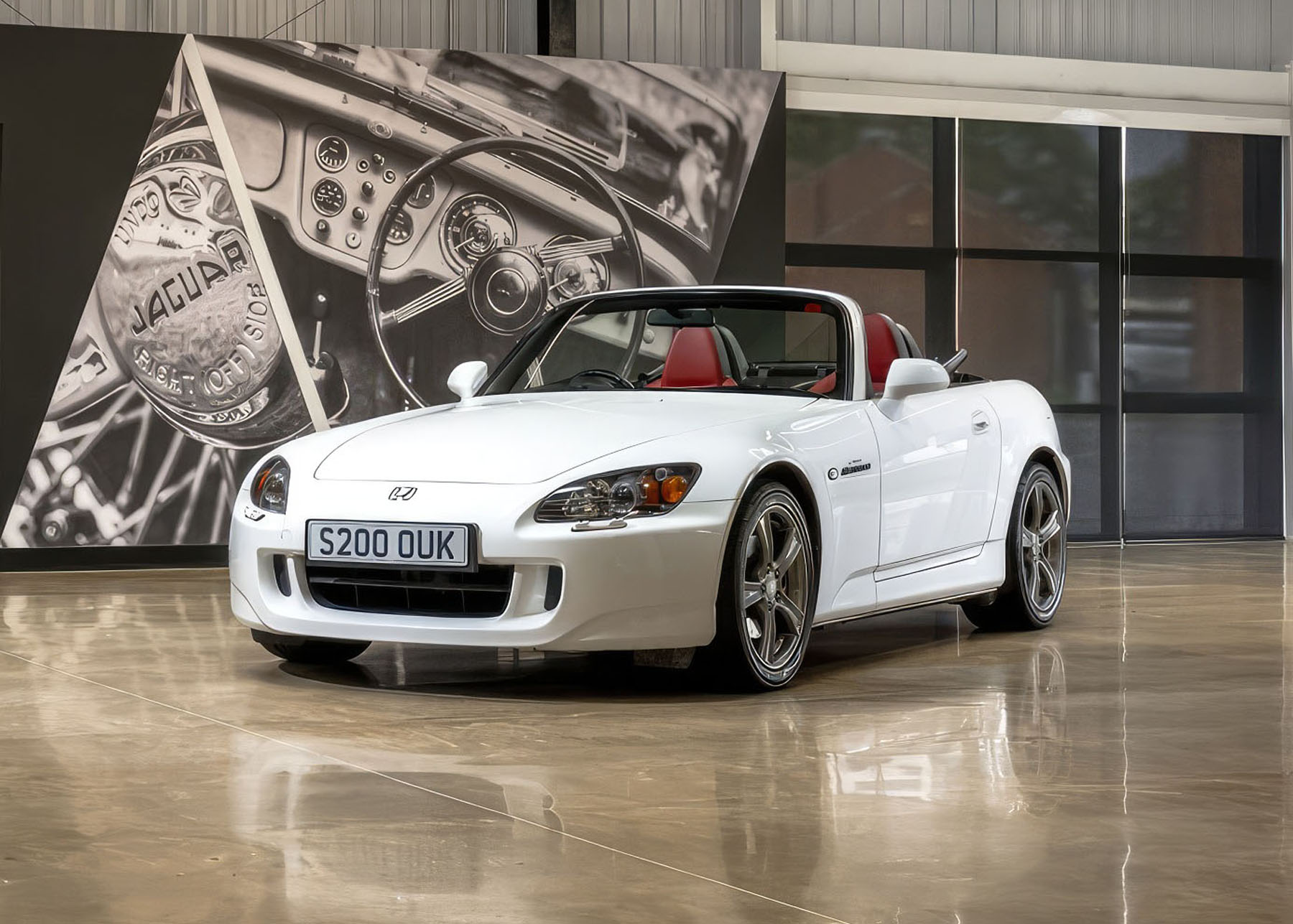
1969–75 Maserati Indy
The Maserati Indy is another car picked because it currently represents great value for a car of its style, driving qualities, and heritage. In concept the Indy competes with heavy hitters like the Ferrari Daytona, but is an order of magnitude more affordable than its Modenese rival.
The Indy styling was the work of Vignale, and the name celebrates Maserati’s two victories at the Indy 500, albeit somewhat late as Maserati won the famous race in 1939 and 1940. Power initially came from a 256bhp, 4.2-litre, 90-degree, quad-cam V8, with capacity expanded in 1970 to 4.7 litres (with 286bhp) and again in 1972 to 4.9 litres (with 316bhp). Maserati built 1104 cars in total, marginally weighted in favor of the 4200, then fewer of the 4700 and fewer still of the 4900.
The Indy is a classy grand touring car in its own right, with its own appealing facets and a focus on effortless performance and surprising accommodation. It could, in fact, be worth a look if the Ghibli is already on your radar, offering many of that car’s benefits but at a much more affordable price.

1972 Maserati Indy
- Engine: V8, 4719cc
- Transmission & layout: 5-speed manual, front-engined, rear-wheel drive
- Power: 286bhp @ 5500rpm
- Weight: 1572kg
- Price range, Fair to Concours: £39,000–£69,000 (4.7L)
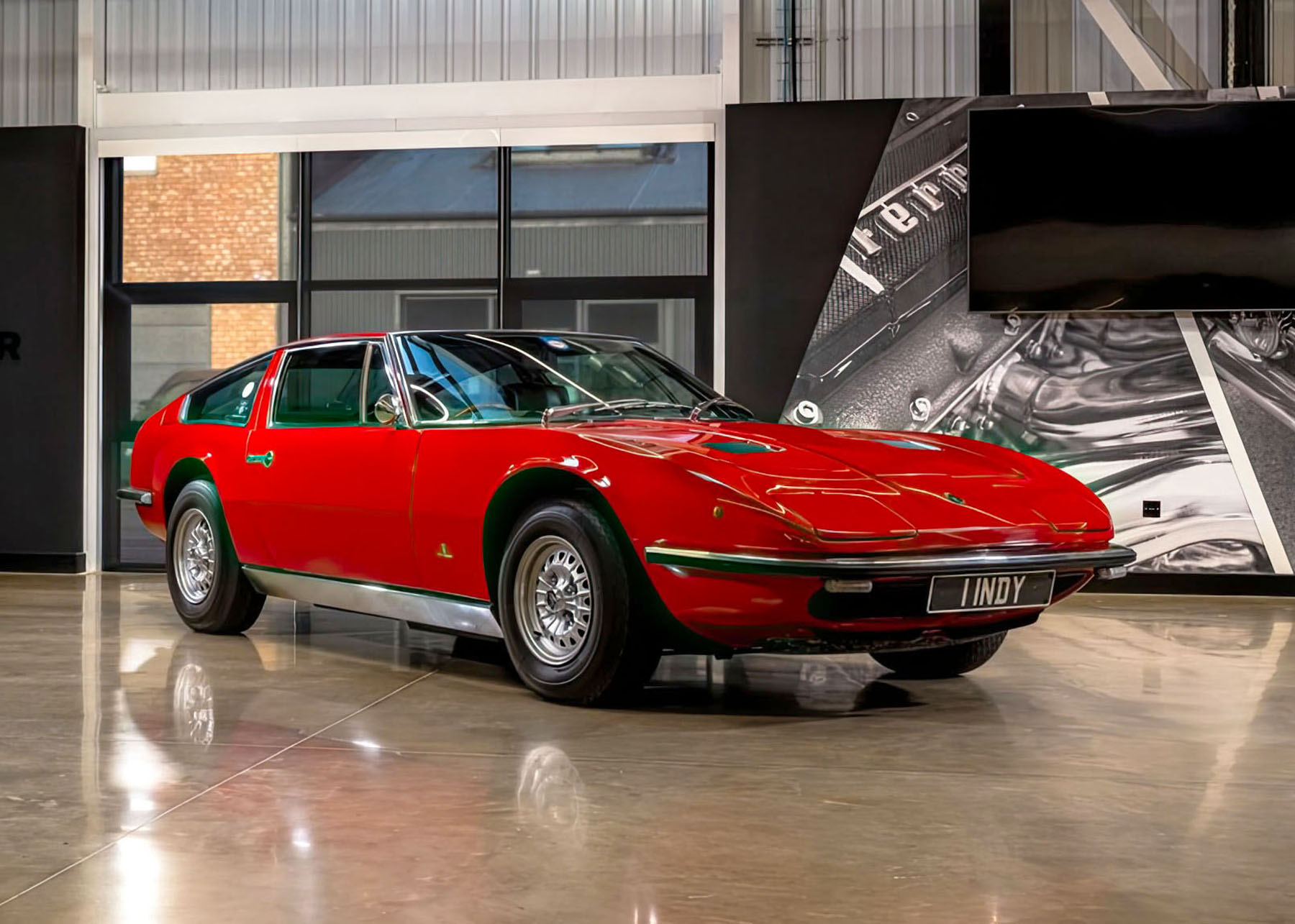
2011 Porsche 997.2 GT3 RS 4.0
On dynamic grounds, the Porsche 997 GT3 RS 4.0 needs no introduction. It’s often deemed one of the greatest 911s of all time – and, therefore, one of the greatest driver’s cars of all time. The 4.0 used a four-litre variant of the 3.8 found in the regular RS, one of the final evolutions of Hans Mezger’s flat-six.
Its power figures still sound healthy today, if not quite as barmy as some modern performance cars: 493bhp at 8250rpm, and 339lb ft at 5750rpm. That’s enough for 0–62mph to sneak in a couple of tenths under the four-second mark on the way to a 193mph top speed, despite the aero drag of its sizeable front splitter and rear wing.
Notably, it still used a manual gearbox, rather than a PDK dual-clutch auto, and the rear suspension was from the mighty GT2 RS. The GT3 RS 4.0 is rare too, as Porsche made only 600 during the 2011 production run. These cars are remarkably stout in their own right for something so focused and could very well be peak 911.
2011 Porsche 997.2 GT3 RS 4.0
- Engine: Flat-6, 3996cc
- Transmission & layout: 6-speed manual, rear-engine, rear-wheel drive
- Power: 493bhp @ 8250rpm
- Weight: 1360kg
- Price range, Fair to Concours: £290,000–£560,000
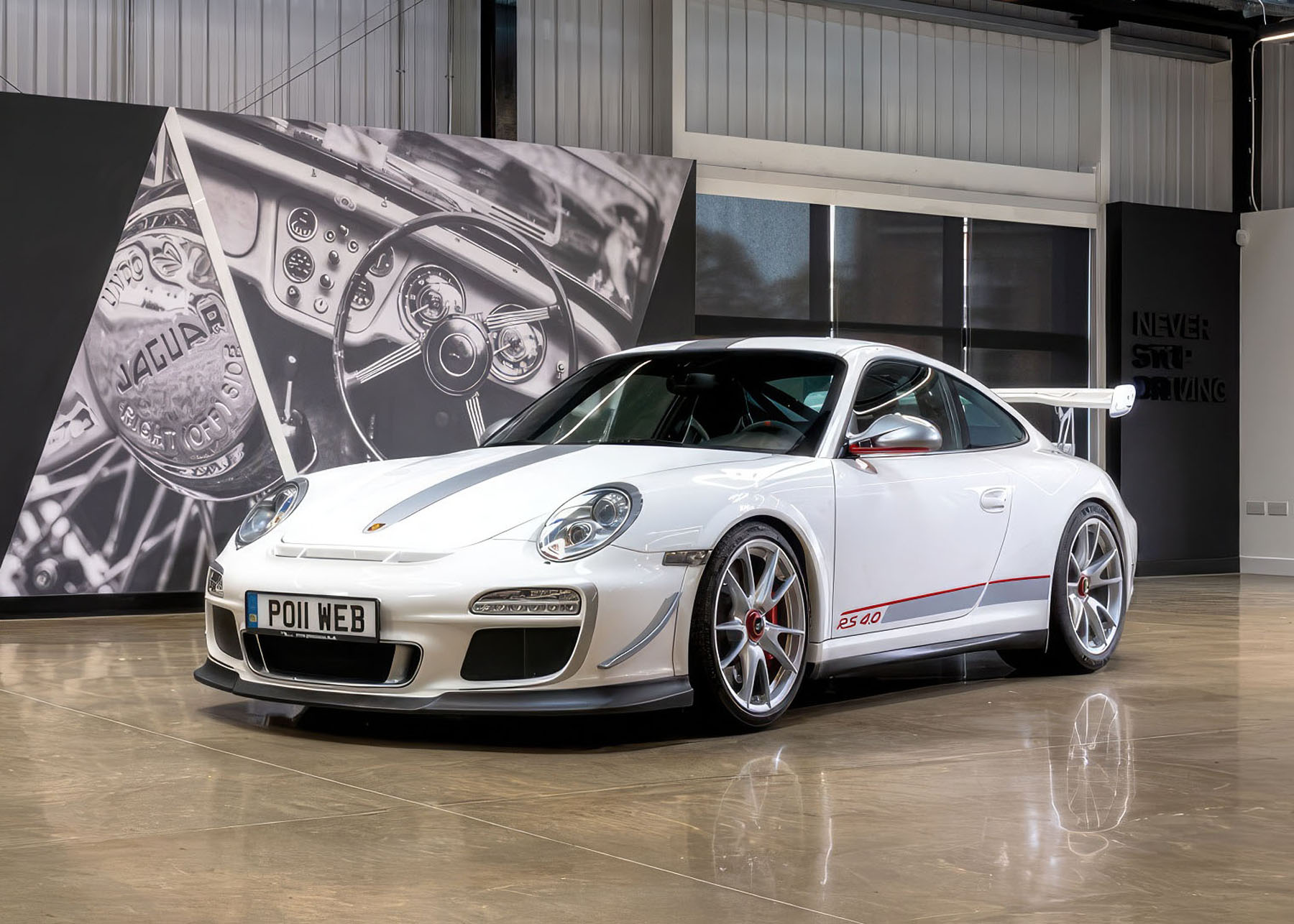
1996–2003 TVR Cerbera
The TVR Cerbera is definitely among the easier TVRs on the eye, and that’s in the face of strong competition. It launched in 1996 but still looks spectacular today, not aggressive like a modern performance car but low-slung and muscular, with a cabin that feels like a cross between something by Salvador Dali and the work of generative design. Always buy the best Cerbera you can afford, as there’s no such thing as a cheap TVR, and lower-priced examples will almost certainly need the most work from the get-go. The high-power Red Rose versions (440bhp from TVR’s own 4.5-litre, 75-degree V8, compared to 350bhp from the in-house Speed Six) are the ones to have if your budget can stretch, while the ‘Cascade’ flip paints are also more desirable now than they were new.
2003 TVR Cerbera
- Engine: V8, 4475cc (Speed Eight Red Rose)
- Transmission & layout: 5-speed manual, front-engine, rear-wheel drive
- Power: 440bhp @ 7250rpm
- Weight: 1190kg
- Price range, Fair to Concours: £27,100–£41,200
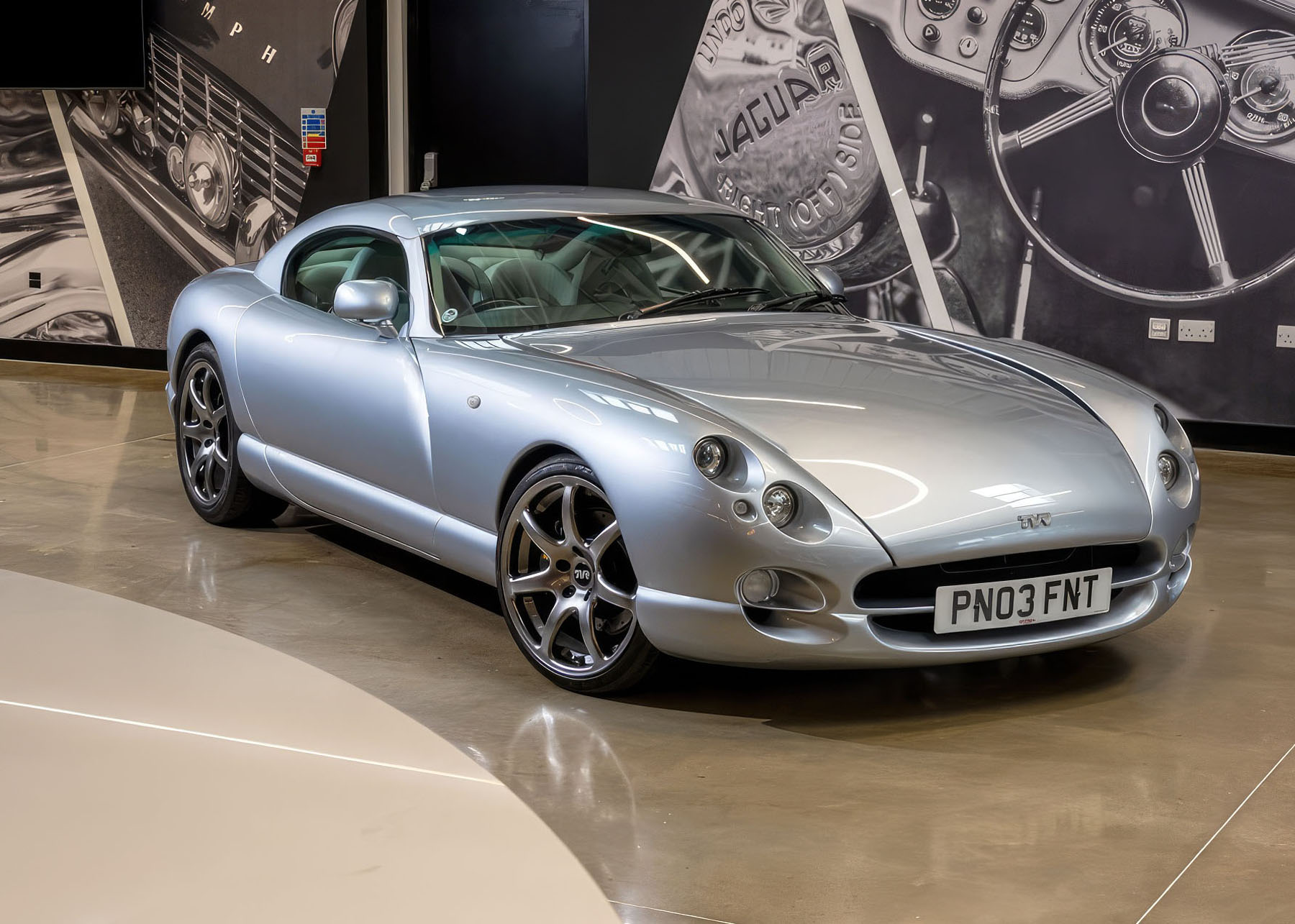
Afterthoughts
John Mayhead, Editor of the UK Hagerty Price Guide, said, “The Bull Market is a highlight of my year. Working with our Hagerty analysts around the world to identify what we forecast will rise in value and is interesting and fun to own is really rewarding. This year’s UK Bull Market list is the most eclectic ever, and I think it reflects the diversity of the classic and collector market here in the UK.”
For more information, please go HERE
All content © 2024 Hagerty
